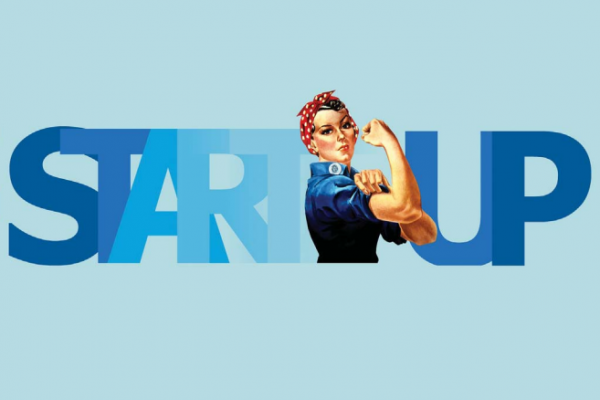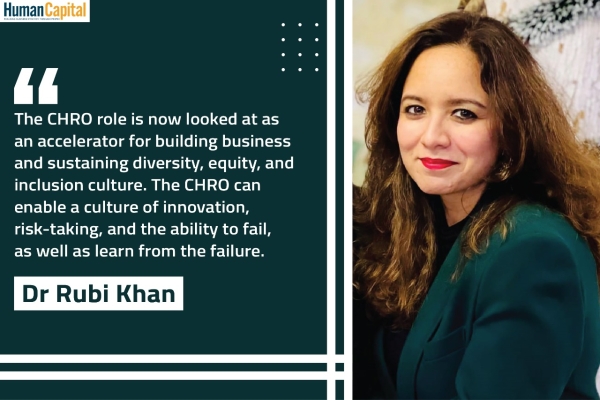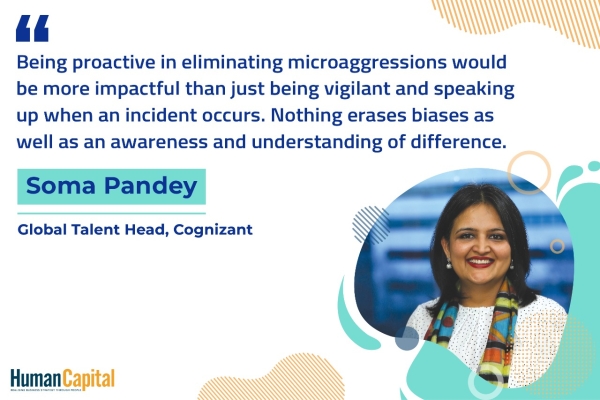If you look at how startups approach product development, you’ll find that they are comfortable with the ambiguity that it entails; however, when it comes to one’s own leadership journey, that’s not the case. Mistakes are remembered, and ambiguity makes people uncomfortable. What if we approached leadership development the way we would approach product development - openness to not knowing, willingness to experiment, acceptance of ambiguity, focus on design thinking, and iteratively executing on this?
Idea to a Possibility
Let’s back up a bit and look at what a startup is: an idea being brought to life by a group of enthusiastic and passionate people. There is no structure; 15-20 people work together, picking up whatever lands on the table and rolling with the punches. Bringing the idea to life is the only focus, and any capability-building that happens in the team is a happy coincidence. Once the idea turns into a saleable product or service and tastes success, the organisation begins to grow - in terms of goals and people.
The Pains of Growing
At this point, for every startup, remaining a flat organisation ceases to be a viable option. It will need structure and org design (the organisation being around 200+ people by now) to solve for complexity as the vision moves from - an idea to a possibility to an offering, and then to an organisation. These complexities come not only in the deliverables but also in our willingness to upskill, cross-skill, let go, let in; this is called growth. This phase can upend things for the organisation if its people don’t or can’t grow in tandem.
Team members are expected to not just deliver but also to start thinking of the future and start playing the role of leaders. They have to move from the “just fix it” approach to leading a team in solving problems. There is also the problem of letting go – where earlier they owned every problem brought to the table, they now have to let go to new lateral hires, newly carved out functions and leaders, and a newly designed process and workflow - this is perceived as the introduction of hierarchy. At this point, there can be a flux as the early joiners start questioning their relevance and new joiners jostle to find their footing in the organisation.
The Road to Leadership
While startups are all about innovation and disruption, there is so much information out there on how to become better leaders and on the different leadership philosophies. The problem is that we just don’t have people engaging with the information deeply enough to reap the benefits.
What helps is going back to the basics, looking at your own personality as an organisation, picking up what inspires you, and testing it out over a period of time. This is what is working for Ather Energy:
A blend of conventional wisdom and technology. We rely on established methods, and use the data we obtain from them to develop our leadership training content. For example, we use psychometric assessments during hiring to assess role and culture fit.
This data then feeds into the orgwide competency and leadership development frameworks.
We also design programs keeping not just classroom experiences in mind but also curate learning experiences offering Socratic discussions, reflective sessions, mentorship, coaching, and hands-on projects.
In our leadership development framework, team members are organised into leadership cohorts based on their leadership requirements. We strongly believe it is essential to weave leadership capability into our DNA, whether it is managing self or leading others. A lot of crossfunctional teams lead large projects at Ather, so most of our leadership interventions are around Transactional Analysis, Group Dynamics, Systems Theory, and Design Thinking. We also have a thin managerial layer - we believe self-motivated members need less managerial supervision. This also encourages high ownership among our teams. The drive to do and the ownership to deliver are very intrinsic in a structure like ours.
We believe in self-paced learning and as a startup, we are cognizant of our budgets. This is where new-age learning platforms such as Coursera and LinkedIn Learning are helpful.
Have we done something out-of-the-ordinary? Well, no. What we use are from standard HR, Organisational Behaviour, and Leadership textbooks. What is different is the depth at which we engage with these concepts. If we dive deeper we realise these concepts are tied together - the focus, thus, is to bring out the interconnectedness.
Capability-building isn’t pushed on the individual by their manager or the org; it is a commitment they make to themself. This approach requires context-setting and explaining the ‘why’ and arriving at our True North.

Does your organisation support you in maintaining work-life boundaries?
Trending
-
SBI General Insurance Launches Digital Health Campaign
-
CredR Rolls Out 'Life Happens' Leave For Its Employees
-
Meesho Announces 30-Week Gender-Neutral Parental Leave Policy
-
Microsoft Unveils Tech Resilience Curriculum To Foster An Inclusive Future
-
60% Indian Professionals Looking For Job Change Due To COVID: Survey
-
SpringPeople And Siemens Collaborate For Digital Transformation Push
-
86% Professionals Believe Hybrid Work Is Essential For Work Life Balance: Report
-
Almost 1 In Every 3 People's Personal Life Affected Due To Work Stress
-
Meesho Rolls Out Reset And Recharge Policy For Employees
-
80% Of Talent Leaders & Academics Say Pandemic Changed Skill Needs For Youth: Report
-
Hero Electric Rolls Out 'Hero Care' Program For Employees
-
Human Capital In Collaboration With ASSOCHAM Hosts Virtual Conference
-
IKEA India, Tata STRIVE Collaborate To Create Employability And Entrepreneurship Opportunities
-
SAP India, Microsoft Launch Tech Skilling Program for Young Women
-
DXC Technology, NASSCOM Collaborate For Employability Skills Program
-
Lenskart To Hire Over 2000 Employees Across India By 2022
-
Mindtree Launches Learn-and-Earn Program
-
Tata AIA Extends 'Raksha Ka Teeka' To Its Employees
-
Swadesh Behera Is The New CPO Of Titan
-
NetConnect Global Plans To Recruit 5000 Tech Professionals In India
-
Hubhopper Plans To Hire 60% Of Indian Podcasters By 2022
-
Corporate India Needs More Women In Leadership Roles: Report
-
Aon to Invest $30 Million and Create 10,000 Apprenticeships by 2030
-
Tech Mahindra Launches ‘Gift a Career’ Initiative for Upskilling of Youth
-
40% Women Prefer Flexible Working Options in Post-COVID World: Survey
-
3 out of 4 companies believe they can effectively hire employees virtually: Report
-
Vodafone , CGI and NASSCOM Foundation launch digital skills platform
-
Odisha: Bank, postal employees to deliver cash for elderly, differently-abled persons
-
Skill India launches AI-based digital platform for "Skilled Workforce"
-
Hiring activity declines 6.73% in first quarter: Survey
-
70% startups impacted by COVID-19 pandemic
-
Bajaj Allianz Life ropes in Santanu Banerjee as CHRO
-
Over 70 Percent MSMEs look at cutting jobs to sustain businesses
-
93 Per Cent employees stressed about returning to office post-lockdown
-
Johnson & Johnson India announces family benefits for same gender partners
-
Indian firms turning friendly towards working mothers
-
Welspun India names Rajendra Mehta as new CHRO
-
Wipro partners with NASSCOM to launch Future Skills platform



Human Capital is niche media organisation for HR and Corporate. Our aim is to create an outstanding user experience for all our clients, readers, employers and employees through inspiring, industry-leading content pieces in the form of case studies, analysis, expert reports, authored articles and blogs. We cover topics such as talent acquisition, learning and development, diversity and inclusion, leadership, compensation, recruitment and many more.
Subscribe Now












































Comment